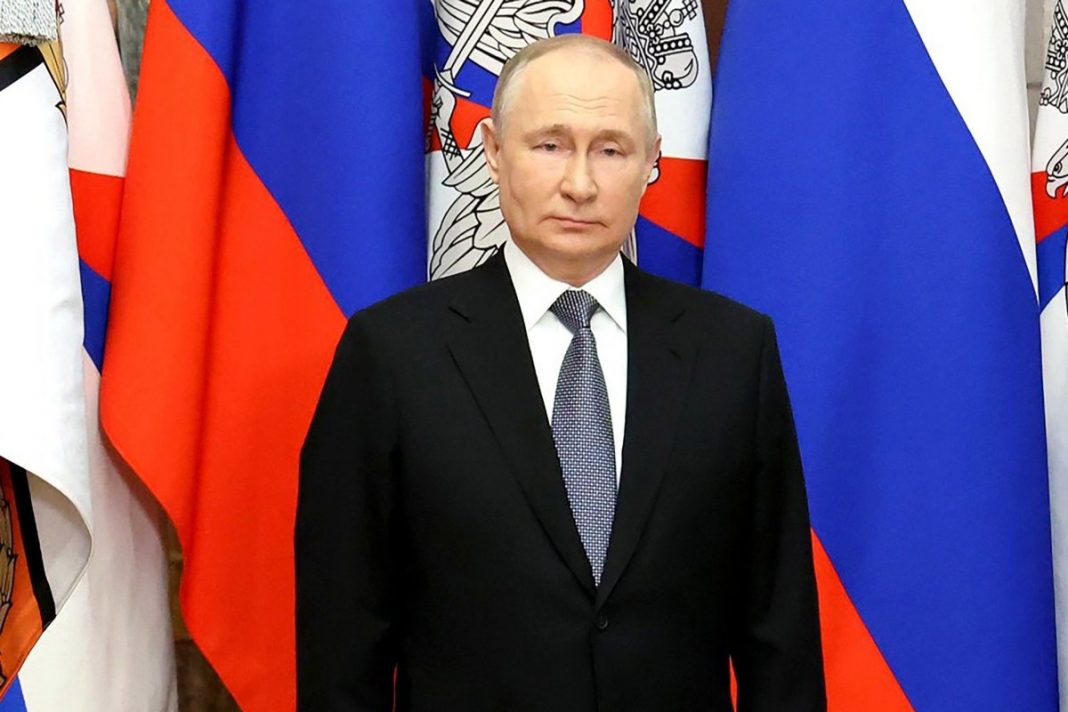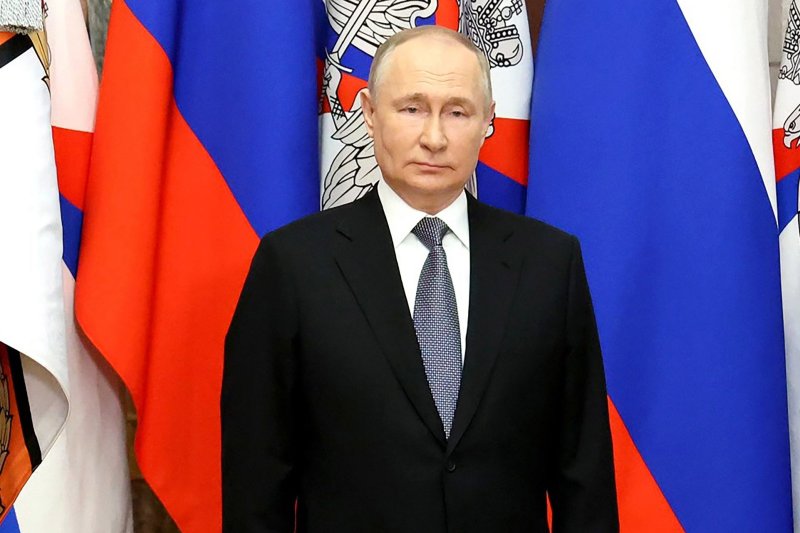Jan. 3 (UPI) — An index tracking commodity prices in the U.S. market ended 2022 only a few percentage points higher than at the start of the year, highlighting some of the volatility created by the war in Ukraine, the Energy Department reported Tuesday.
The Energy Information Administration, the statistical arm of the Energy Department, is tracking the S&P Goldman Sachs Commodity Index. EIA found that the index increased by 68% from January to June, reflecting the geopolitical risk premium brought on by the war in Ukraine.
When Russian forces crossed the Ukrainian border in late February 2022, West Texas Intermediate, the U.S. benchmark for the price of oil, was trading around $90 per barrel. It would average $114 per barrel in June, the highest since September 2014.
But other events have since erased some of the geopolitical premium that supported the price of oil during the early stages of the war.
“Concerns about the Federal Reserve increasing interest rates and economic slowdown in China caused by COVID-19 mitigation policies contributed to the WTI crude oil price increasing just 3% overall compared with the first trading day of the year,” EIA stated.
Fed policy is meant to lower inflation by way of higher lending rates, though that could curb consumer-level demand enough to usher in job losses and an economic recession.
“Inflation continues to be a top-of-mind issue in exploration and production,” one respondent to the latest energy survey from the Federal Reserve Bank of Dallas said.
The Dallas Fed interviewed executives from 152 energy firms between Dec. 7 and Dec. 15. On average, most said they expected WTI to be around $84 per barrel by year-end 2023. EIA is forecasting an average WTI price of $86.36 for 2023, down from the average of around $95 for 2022.
WTI was in a deep decline on Tuesday, moving about 3.2% lower on the day as of 12:10 p.m. EST to trade at $77.67 per barrel.

